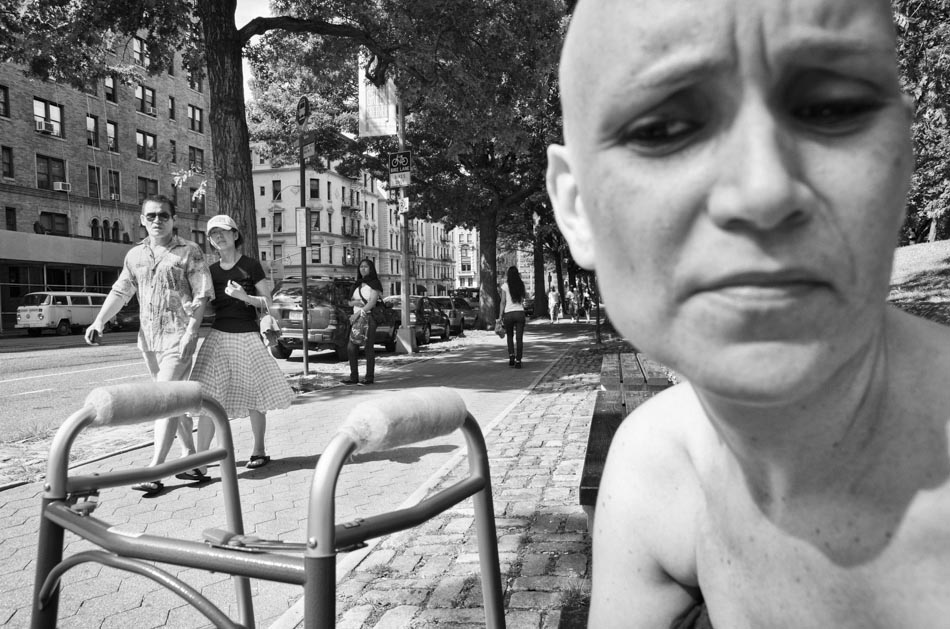Spotlight on Angelo Merendino
Oct 27, 2013
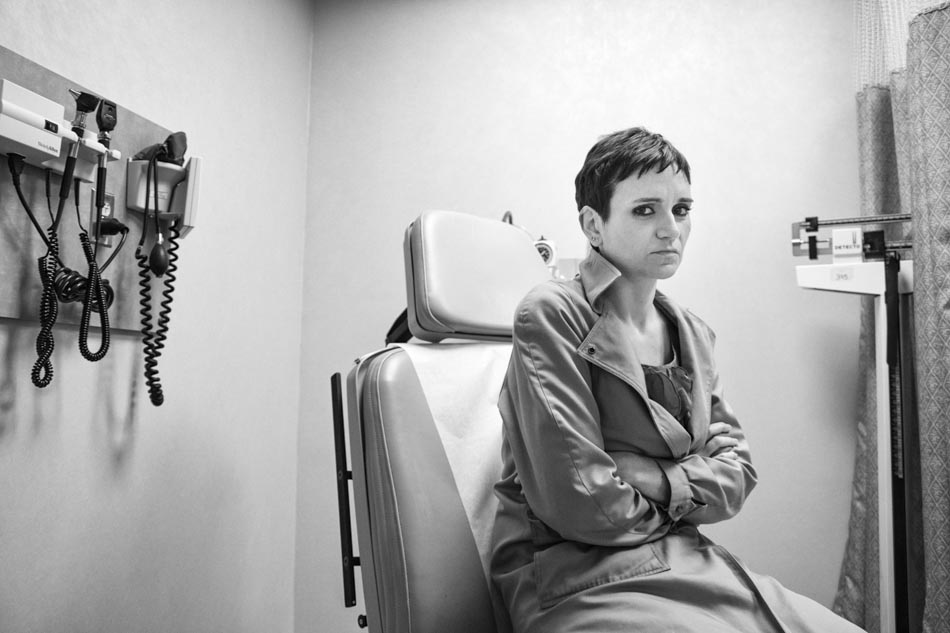
(EDITOR'S NOTE - THIS IS PART 1 OF A 3-PART INSTALLMENT)
TID:
I saw your the story of your wife awhile back passing around the internet. I remember thinking at the time what a powerful and difficult moment of life for you and her. Can you please tell us a little about the beginnings.
ANGELO:
I knew the first time I saw Jennifer that she was the one. I was applying for a job as a bartender at a restaurant in Cleveland, OH, and Jen was the manager. I got the job and about a month later Jen moved to Manhattan to take a job with L'Oreal. We were just friends at this point and after Jen moved I couldn't stop thinking about her. The following winter I was visiting Jen in New York and I finally worked up the courage to share my feelings - I turned into a third grader and told her I had a crush on her. As soon as I said this I thought, "What did I just say?" Then Jen's eyes lit up and she said, "I feel the same way."
We dated long distance and really learned how to communicate with each other, how to listen. After six months the distance became too much and I moved to Manhattan. On the night I arrived in town Jen and I celebrated by having dinner at one of our favorite Italian restaurants, Frank. After dinner I got down on one knee and proposed to Jen.
The following fall we were married in Central Park. It was a perfect day. I had never been so happy in my life and I couldn't believe that this beautiful woman who was so full of life and love felt the same way about me as I did about her.
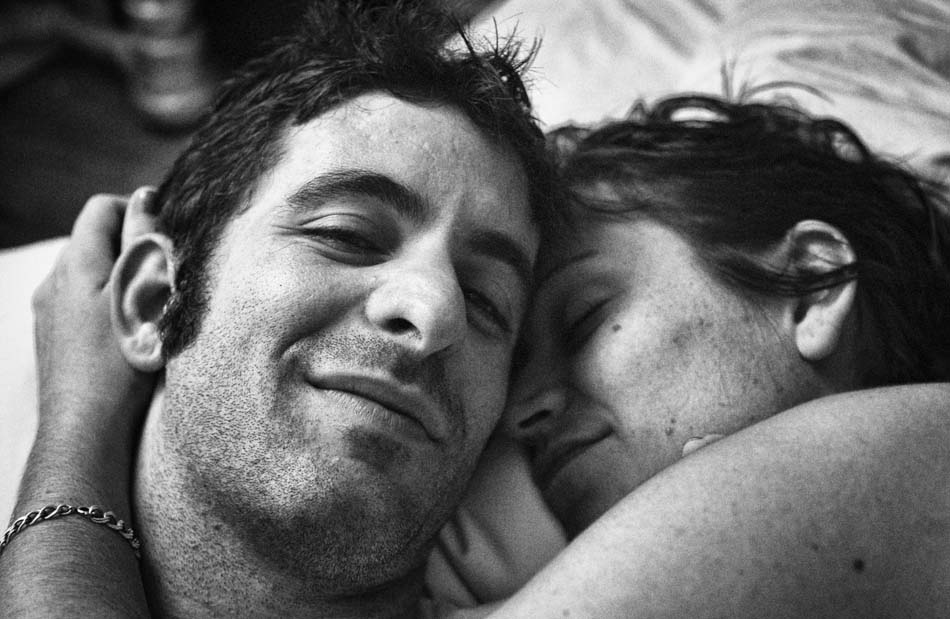
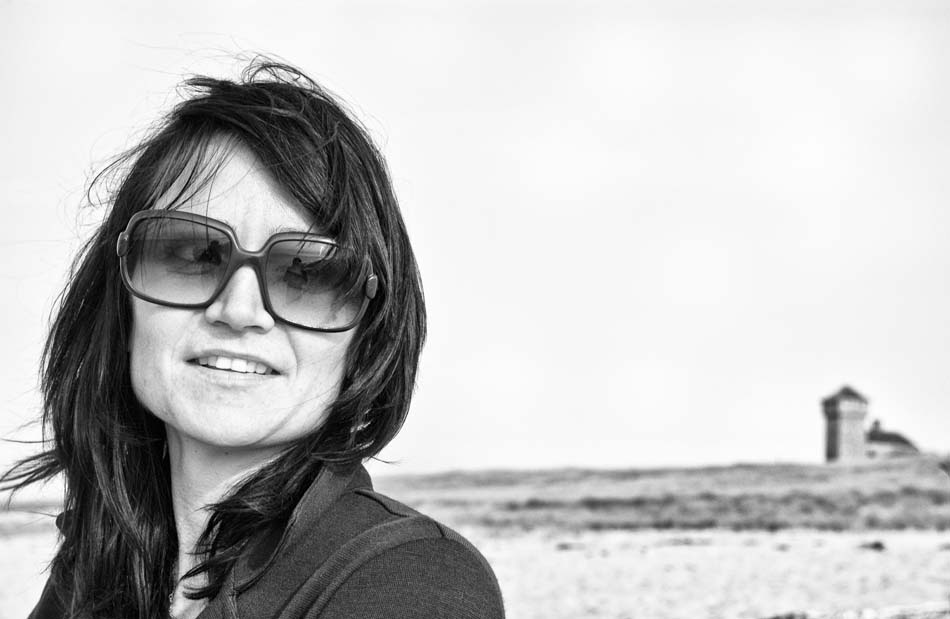
Five months later Jen was diagnosed with breast cancer. I'll never forget the sound of Jen's voice coming through the phone as she told me what the doctors said. I was numb immediately. I'm still numb. Before that moment the furthest thought from my mind was that I might be a widower before I was 40. We spent the next eight months going through treatment: Double mastectomy, chemotherapy and radiation treatment, and reconstructive surgery. Our support group was amazing. Family and friends sent cards, brought dinner, held fundraisers to help with our medical bills. It was really incredible and I had never witnessed such love and support.
Just past our one year anniversary our oncologist told us Jen was free of cancer and we started to put our life back together. It was difficult because we felt so different from most everyone else in our life. Everything we thought we knew, our whole world, had been leveled and mortality was real. A year and a half later our biggest fear became our reality when a scan revealed that Jen's cancer had metastasized to her liver and bone. Jen started treatment immediately and after a few months we started to notice that our family and friends didn't understand how serious Jen's illness had become and we felt our support group fading away.
Our life had turned into a maze filled with Dr. appointments, medical procedures, medications, and side-effects. We didn't expect anyone to have the answers, we just needed our family and friends to be there. Something as simple as sending a text message saying "I love you," or dropping off dinner after we had spent all day in the hospital, these things made our day. This is when I started photographing our day to day life. Our hope was that if our family and friends saw what we were facing every day then maybe they would have a better understanding of the challenges in our life.
TID:
At first what was it like to begin documenting this experience?
ANGELO:
Jennifer was comfortable with me having a camera and she was open with sharing her experience; she kept a blog about her experience and felt it was important to share what she was going through. So much of the information about breast cancer that is available on the Internet can be sterile and Jen wanted to share what it was like from her perspective. At first my photographs were heavy handed. I would make a photograph of a bag of chemotherapy and expect people to understand how messed up it was that my wife had cancer. The photographs were sterile, just like the internet content Jen and I didn't like.
Then it hit me that I was thinking too much and I just needed to listen to my gut. I decided that the best way to make these photographs would be to always be prepared with my exposure and when I felt something, then I would make a photo. If it moved me, it meant something. The thing is, making these photographs was always second to taking care of Jennifer. I had no intentions of making a book or having exhibitions. These photographs were a way for us to communicate with our family and friends. I wasn't working with an editor and thinking about the different shots I should be making.
TID:
You said in an earlier email, "We needed our family and friends to understand how serious our life had become."
What did you mean by this?
ANGELO:
People would often say things like, "You just have to stay positive," or, "Don't think bad thoughts." We knew people meant well, but these things were so far from our reality. Jen's cancer was spreading. It was serious. There was a good chance that the treatment wouldn't work and comments like this felt like people were minimizing Jen's cancer. We realized that most people just don't know what to say because they haven't been through something like this. That's a good thing. In hindsight I'm happy that people didn't know what to say. But we needed our family and friends to be there for us.
TID:
You also mentioned that photography served as an escape for you sometimes, what did you mean by this?
ANGELO:
I don't think I understood at the time the same way I do now, but making and editing these photographs sort of/almost took my mind off of cancer for a minute or two. This is strange because I was escaping into the thing I was escaping from, but our life was so serious all the time and by working on photographs I could do something that wasn't so intense. I mean, I was pushing sliders around in Lightroom with really no consequences. Everything else in my life was intense.
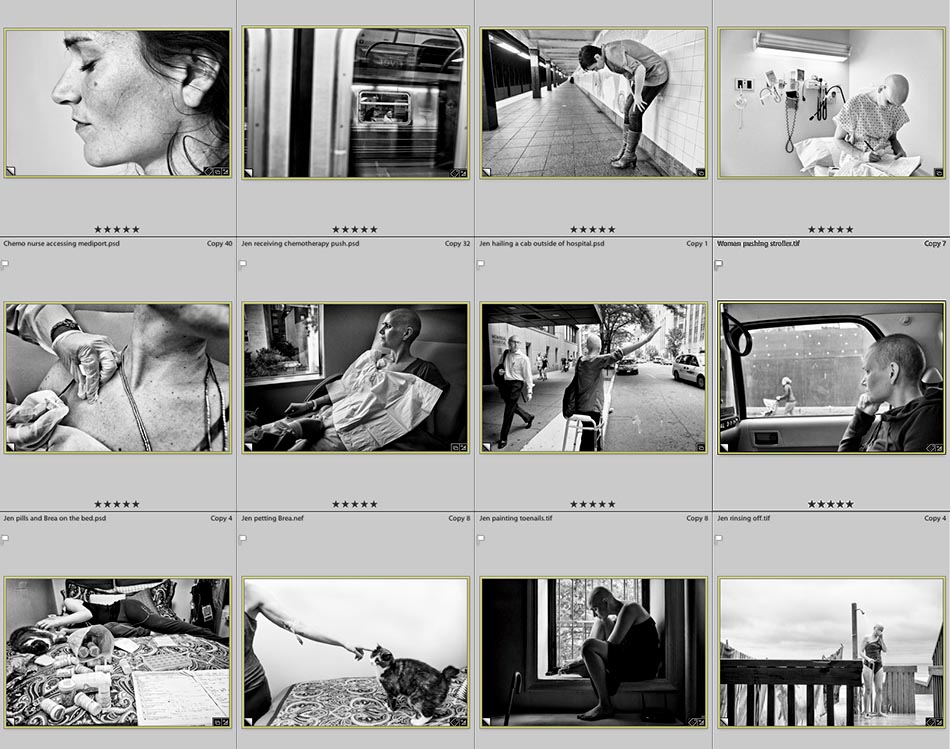
TID:
What challenges did you encounter while beginning to work with your wife?
ANGELO:
Jen and I were very close and we trusted each other. Jen was focused on taking care of herself and as I mentioned earlier she knew that photographs were always second to taking care of her. She really didn't notice the camera and in many ways I feel that she gave me these photographs. When I would make portraits of Jen I felt like she was looking through the lens and into my soul. I can't imagine connecting with someone in such an intense way ever again. I'd say the biggest challenge was believing that these photographs were of my wife.
TID:
How did you handle and overcome these problems?
ANGELO:
While Jen was alive I didn't really dig into these thoughts. I felt if I thought too much about what was actually happening I would crash, and Jen needed me to be strong. I knew these photographs would serve as a bridge back to the most difficult and challenging time of my life.
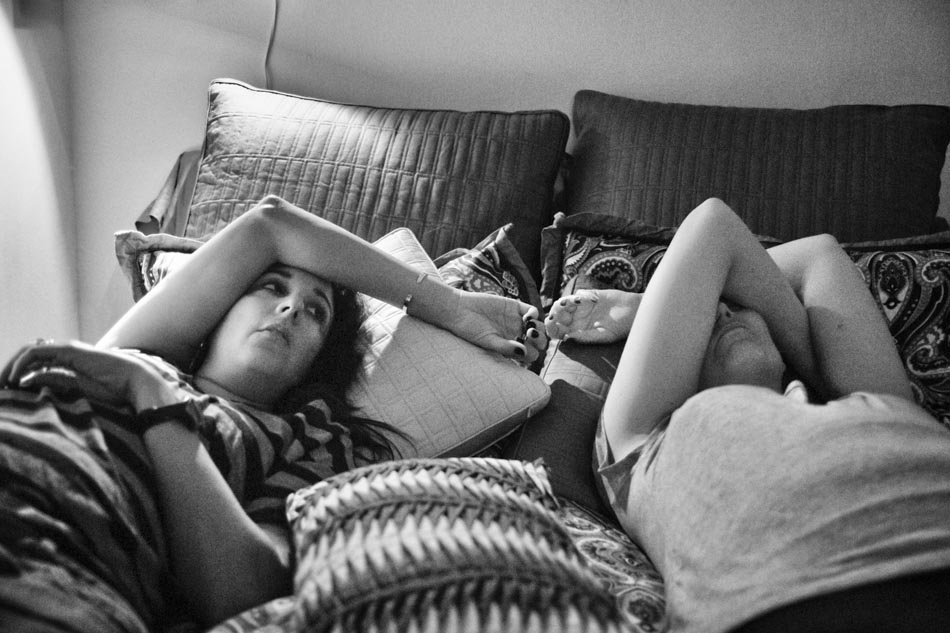
TID:
Now, onto the moment that leads our first installment. Can you talk about the moments leading up to the picture and also the actual moment.
ANGELO:
Jen and I were waiting to see a radiologist to discuss possible treatment options for the cancer that had spread to her hip. Jen was usually very calm and focused during our appointments but on this day she was agitated and irritable. The examining room felt like it should, sterile, and there was a tension in the room that was suffocating. Everything was perfectly placed the way it should be and there was Jen in her overcoat, hunched over and coming undone. This was about one year after Jen's cancer had metastasized and we were exhausted, scared and growing a little desperate. I was trying to get Jen to laugh, humor was my go to, but Jen was in a bad place. I felt her eyes piercing through me and I made this frame.
TID:
What surprised you about the moment?
ANGELO:
That I couldn't get Jen to smile. Jen was so strong and optimistic and I think before this moment I thought she was superwoman and could do anything and everything. This was when I realized I needed to really turn up my focus on her needs and what I had to do to help her.
TID:
What did you learn about yourself as you began the process of making images like this? What did you learn about your wife?
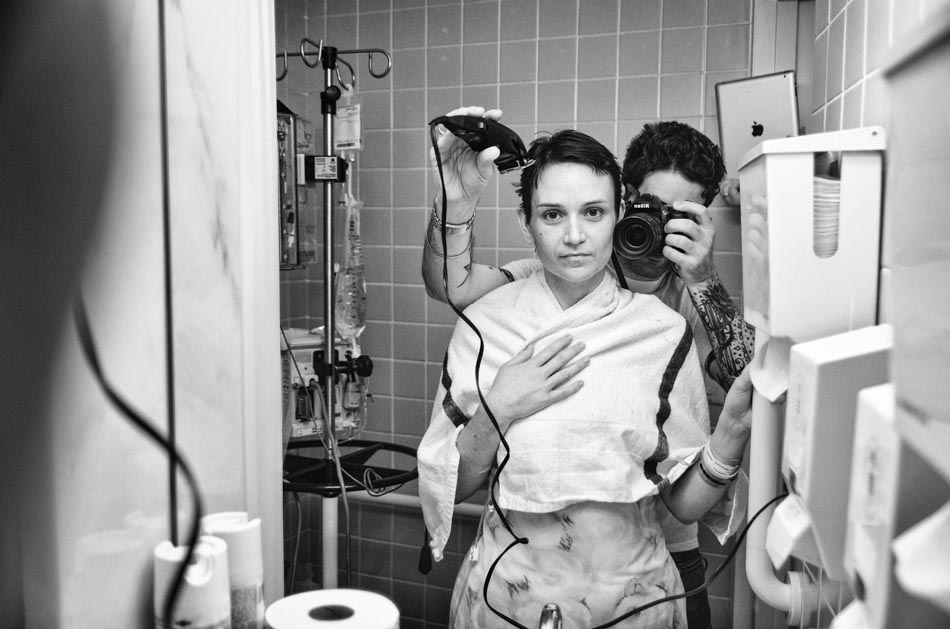
ANGELO:
Before I met Jen I didn't know who I was or what my purpose was on this earth. As I mentioned earlier I began making these photographs because we needed our family to understand what we were facing. We were adapting to changes on a daily basis and we had to do whatever it took to get through each challenge. Making these photographs came as a result of needing to figure out a way to communicate. I realized that I would figure something out and not give up...that I was stronger than I thought and would find a way to help Jennifer.
In a purely photographic sense I learned to trust my gut while keeping true to my intentions. I don't mean to sound dramatic but this was life or death for Jen - something inside her body was trying to stop her. I always knew Jen was a fighter, but watching her face cancer was intense; Jen was relentless and dedicated. But more than anything she was positive and optimistic. Even in the darkest times Jen saw light. I often wondered if I could have the same grace and courage if I were in her shoes.
TID:
What have you learned about others? And what would you want them to know?
ANGELO:
I think most people want to help others and often don't know what to say, especially in a situation like ours. The thing is, you don't have to know what to say. Often times it's more important to just be there. Don't run away from someone who needs your help because you are scared.
TID:
Did your wife ever tell you not to take a photography early on, and if so, how did you handle that?
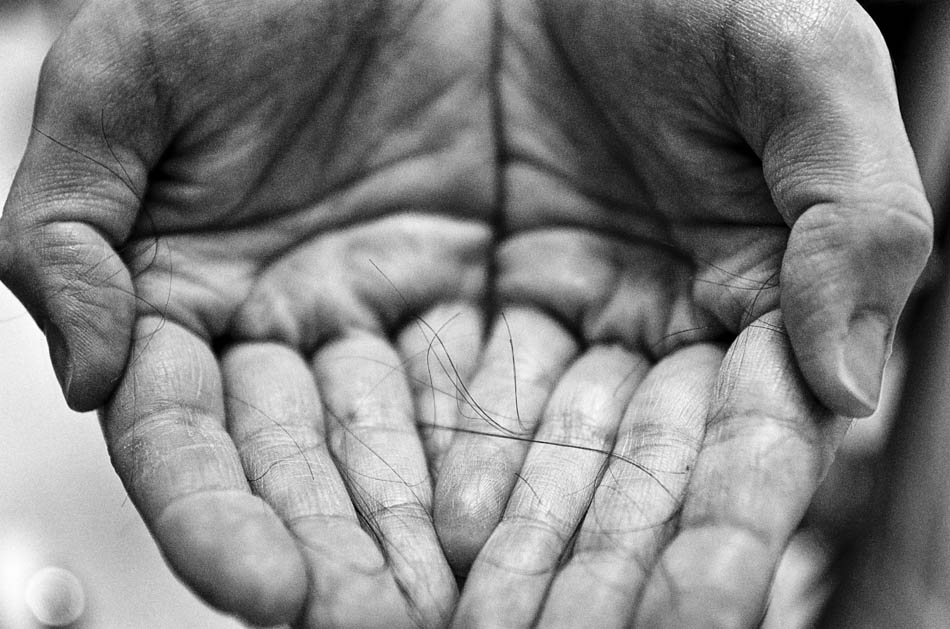
ANGELO:
There was only one time when Jen asked me to put my camera away. At times Jen's nausea was incredible. One night we were in the bathroom for over an hour. Jen wanted to throw up but couldn't. I didn't want to leave Jen alone because I was afraid she would pass out and fall. I couldn't really do anything for her, she just needed to be still. If I talked it made her more nauseated and the same went for touching her. I just needed to be there. After about half an hour I made some photographs and Jen said, "Just one more then stop please."
She was so generous, I mean, she could have snapped and yelled, "Put that camera away!!" But she didn't. Ever.
TID:
Next week, we'll dive deeper into the next phase of telling her story. You mentioned the phrase "The importance of photographing and sharing stories that are not always easy to face." We'll address this next week in more detail but can you let us know a little of what you meant?
ANGELO:
I know our story can be difficult to view because it brings something to the foreground that isn't easy to discuss, mortality. But if we don't share our experiences with each other how can we learn and grow? Hiding from something because it is difficult doesn't help anyone; more than anything else it adds fuel to the fire. I'm not suggesting that every dinner conversation should be about death, but it's inevitable, we will all die one day. If we can accept this and move beyond it we can learn things that will help us to appreciate being alive.
